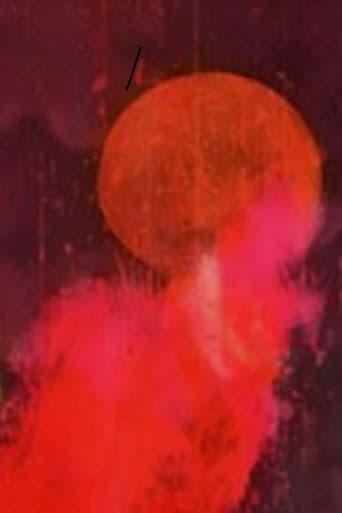

This film has nothing whatever to do with Jules Verne and was not in fact even categorised by Pathé as fiction (part of their series "scènes de plain air"). It is simply an attempt to reconstruct a balloon flight, a disastrous explosion in the storm and the subsequent sea-rescue. In common with other "reconstructions" of this period, it is not especially realistic but makes use of various "special effects" techniques that were becoming generally current everywhere during the years 1900-1904 ("iris" views through telescopes, explosions, miniatures), which would gradually combine with developments in animation techniques to produce the very sophisticated and much more realistic effects that one sees in the teens and the twenties. It is not a question of "antique junk" being replaced by "new grammar" (history does not happen in that way) but rather part of a continuous development in the multiple grammars that go to make up the language of cinema in its ensemble. The major influences here are still Méliès and G. A. Smith but much more interesting experimentation was being done in this area by Walter R. Booth (The ? Motorist of 1906 remade as The Automatic Motorist in 1911, Airship Destroyer of 1909 and The Aerial Submarine of 1910). In terms of "figure" animation, the great pioneer is Ladislas Starewicz from 1912 onwards (in Russia and then in France). And one sees the combination of the two in the "monster" films of Willis O'Brien beginning in 1915 and culminating in the 1933 film King Kong.Needless to say it is an element of film grammar that is more than ever present today in the age of "digitisation". As the French say."it is from the old that makes the new".
... View MoreThis Gaston Velle movie from 1904 was a fairly venturesome piece of film-making for the era. First, its credits include Jules Verne: his second after the Melies TRIP TO THE MOON a couple of years earlier. Second, it uses a dozen cuts, irised lenses -- the balloonists' views through their telescope -- panning shots, combined images and tints. The tints were standard for the era, but everything else had to be achieved with great difficulty. In an era when most movies still lasted a minute with a stationary camera and a single set-up, this was pretty much state of the art.It wouldn't last. In another half a dozen years the movie grammar that George Smith had begun developing in Great Britain would render this antique junk, with its parts stripped for entirely different purposes in the movie. But for the moment, this was as good as it got.
... View More